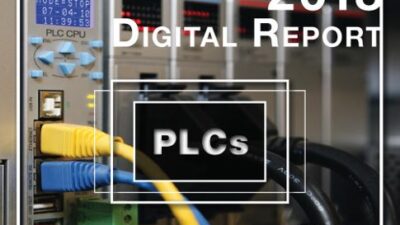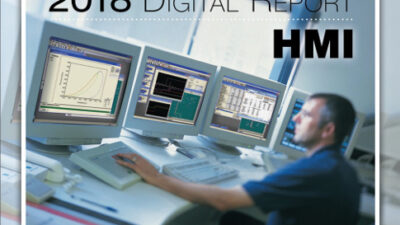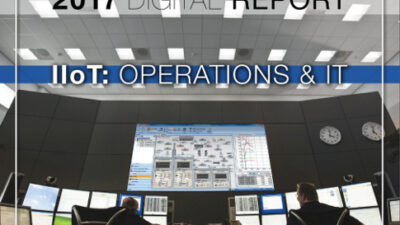According to the Massachussetts Institute of Technology’s “Technology Review,” a recent prototype hints at true “instant on” computing. Every computer user knows how bootup time has increased steadily as Microsoft’s Windows grew bigger and more complex with every release.
October 17, Intel engineers at the Intel Developer Forum in Taipei, Taiwan, unveiled a prototype technology, codenamed “Robson,” that reduces startup time in notebooks from “several seconds” to “almost immediate.” A notebook using Robson was also able to launch programs much faster. For instance, one ubiquitous program application started in 2.9 sec, compared with 8 sec on a standard notebook. (An Intel spokeswoman declined to offer speed enhancement specifications, but confirmed that “it’s a noticeable difference.”)
Intel hasn’t released details on Robson’s inner workings. Key to the company’s research efforts— and those of competitors like Samsung and MSI—is a type of flash memory called Nand (for the Boolean “not and,” a way of arranging transistors on a memory chip to perform certain logic functions).
Most computers’ startup software and operating systems are stored on the hard drive. When the computer is turned on, the hard drive starts spinning and the instructions are transferred into the computer’s random-access memory (Ram), where the central processing unit can access them. The mechanical hard drive has long been a roadblock to faster start times. If flash memory chips had enough capacity to store an entire operating system, or the startup essentials, the wait for the hard drive to cycle through its startup would be eliminated.
Flash memory has been around for years; its main advantage over traditional Ram memory is that it’s non-volatile—it holds data when the power supply is turned off. However, high-capacity flash chips have been too expensive to replace traditional Ram.
Now, as manufacturing capacity grows, prices are dropping drastically. One firm’s research showed that, in 2000, a gigabyte of Nand Ram cost around $1,900. Five years later, it’s a mere $50. And some expect that price to slide to around $9 by 2009.
Consequently, many companies are experimenting with flash-based Ram. In April, Samsung, in partnership with Microsoft, announced a prototype of a “hybrid drive,” combining a standard hard drive with a sizeable flash component. The device, which is expected to find its way into consumer PCs in late-2006 (near the scheduled debut of Microsoft’s new Vista operating system), uses the flash component for boot-up and many basic PC storage needs.
Besides speeding up processes, a hybrid drive can add 36 min to a standard laptop battery’s runtime, since the hard drive is less active. And it can shorten startup time, according to Andy Yang, strategic marketing manager for Samsung’s semiconductor division. “A 10-to-20 sec reduction doesn’t seem like much,” Yang says, “but when you’re trying to access data, it has a significant impact.”
Some devices might boot up even faster, according to Yang, especially those that do not require a full operating system.


